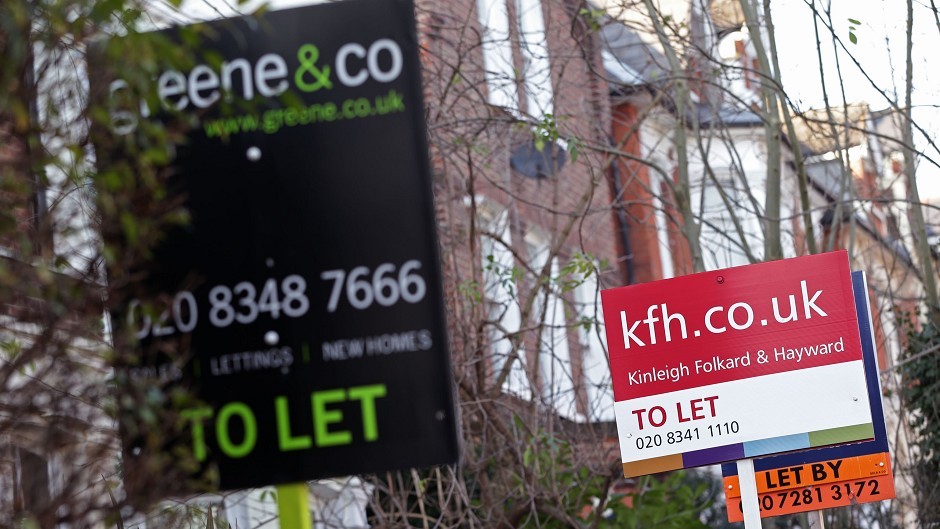Rents in Aberdeen and Aberdeenshire have shot up by 36% in just five years – the highest increase in Scotland.
Shock new figures from the Scottish Government show that the region now has the highest rents in the country, with people having to fork out an average of almost £900 a month.
However, rents in the area did fall by 2.7% last year as the sharp decline in oil and gas jobs started to bite.
Aberdeen Donside MSP Mark McDonald suggested the high rents in the region could make it a prime candidate for new Scottish Government legislation to cap payments to landlords.
He said: “The Private Tenancies Bill will introduce important protections for tenants, including limiting rent increases to one per annum.
“It will also allow local authorities to apply for rent pressure zones where rent levels should be capped. It would be for the local authority to determine the levels accordingly.”
Chartered Institute of Housing Scotland director Annie Mauger agreed.
She said: “With average monthly rents for a two bedroom flat now ranging from £461 to £874, it is easy to see why the Scottish Government has included measures in the new Private Housing Tenancies Bill to allow local authorities to apply for targeted rent regulation in areas experiencing significant increases.”
But north-east MSP Alex Johnstone suggested any move to cap rents could see them left at artificially high rates.
“These rent increases do seem extremely steep, but this also highlights the fact that the Scottish Government’s rent control proposals could see rents pegged at an artificially high level,” he said.
“Ultimately, the area needs more housing, and when home seekers have greater choice, then rents will go down to reflect that.
“The Scottish Government needs to step-up and encourage higher construction levels, which will create and sustain jobs, as well as easing rent levels.”
First Minister Nicola Sturgeon recently pledged to build 50,000 new homes across Scotland if the SNP win the election in May, in a bid to tackle the issue.
From 2010 to 2015, rents across Scotland rose by 13.7%. The greatest rise last year was in Glasgow, where rents rose by 6.6%, according to the figures published by the Scottish Government.
